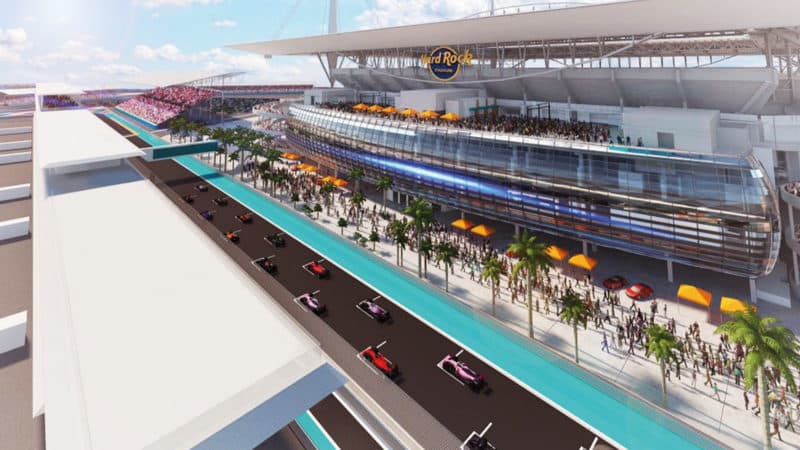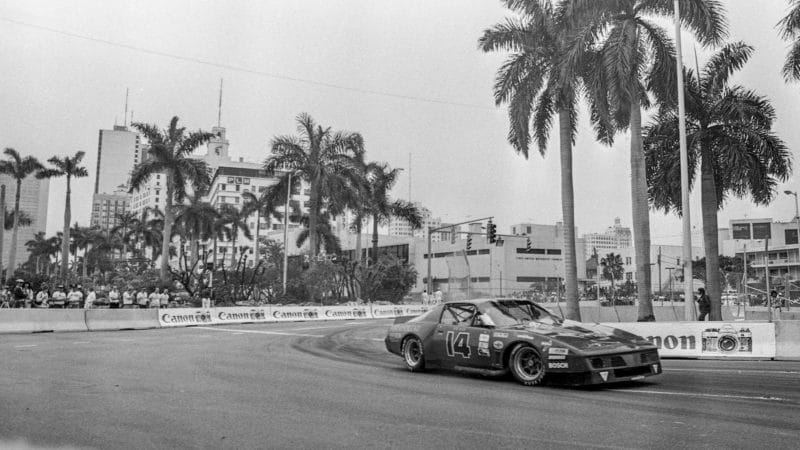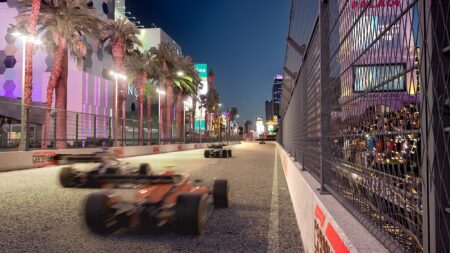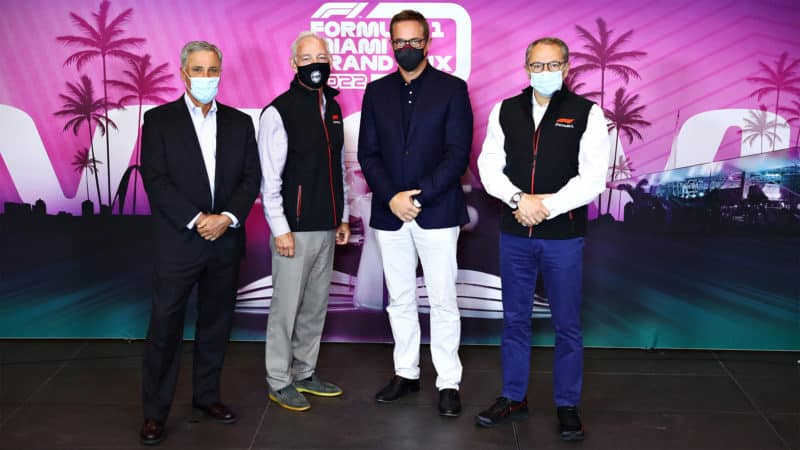“I dread the thought of a street circuit like we had with Valencia, which wasn’t really a great street circuit. It can be very hit and miss, but maybe it’s a hit…”
Bernie Ecclestone, who was close to Sanchez and had talked with him in the eighties about bringing F1 to Miami, was sceptical that it would ever happen.
“All these things, it’s all of a case of how much?,” he said in 2018. “Not only did we try to do things in Miami, I even got the guy [Sanchez], who was a good friend of mine, to build the [permanent] circuit in Miami. He eventually did it at Homestead or somewhere, but it never really worked.
“And when I was trying to do the street race, and we more or less got it on board, it was going across to the island and back again. And everybody looked at it and thought, ‘Christ, it’s going to cost a fortune, and it’s going to disrupt the place’.
“They had the Formula E and they stopped it, because it was too much trouble. And they have enough things going on in Miami, it’s not like nobody’s heard of Miami.”
Miami was a big deal for Liberty. Chase Carey and his colleagues had been running the show for a year after Ecclestone’s ousting, and their main achievement in terms of the calendar was renewing deals with China and Singapore. Miami would be the first new event created on Liberty’s watch, although behind the scenes plans were well advanced for a Vietnam GP in Hanoi.
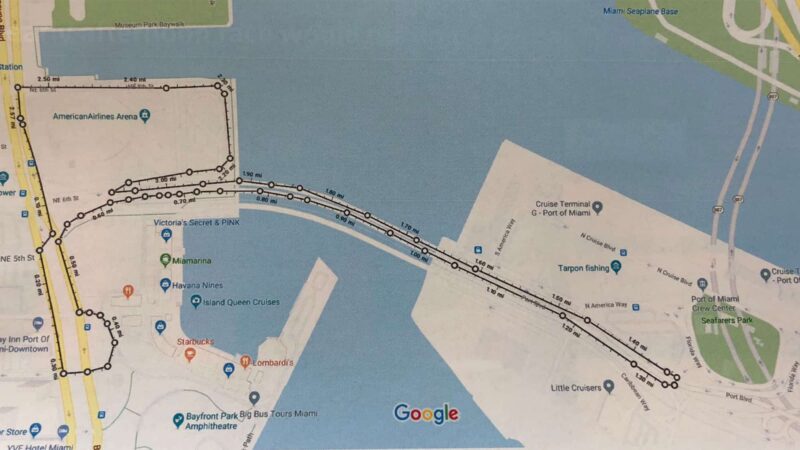
The first proposed Miami F1 layout in the Bayside area
“We have been very clear from probably the day we came in about our goals and ambitions to grow the sport in the US, and grow the sport also in Asia,” Carey said at the time. “And we have actually been pretty clear on one of the key components being adding a race initially in a city.
“We are very proud of the race we have in Texas, but we have talked about destination cities, and I guess the three we have thrown out most often have been New York, Miami and Las Vegas. So it fits with what we have been talking about and saying.
“There are obviously steps we have to go through, we are engaged with other cities in the US, but we think Miami would be a wonderful city to host a race. We are working through the process to determine if that is something we can put together with the city in a way that works for both of us.”
